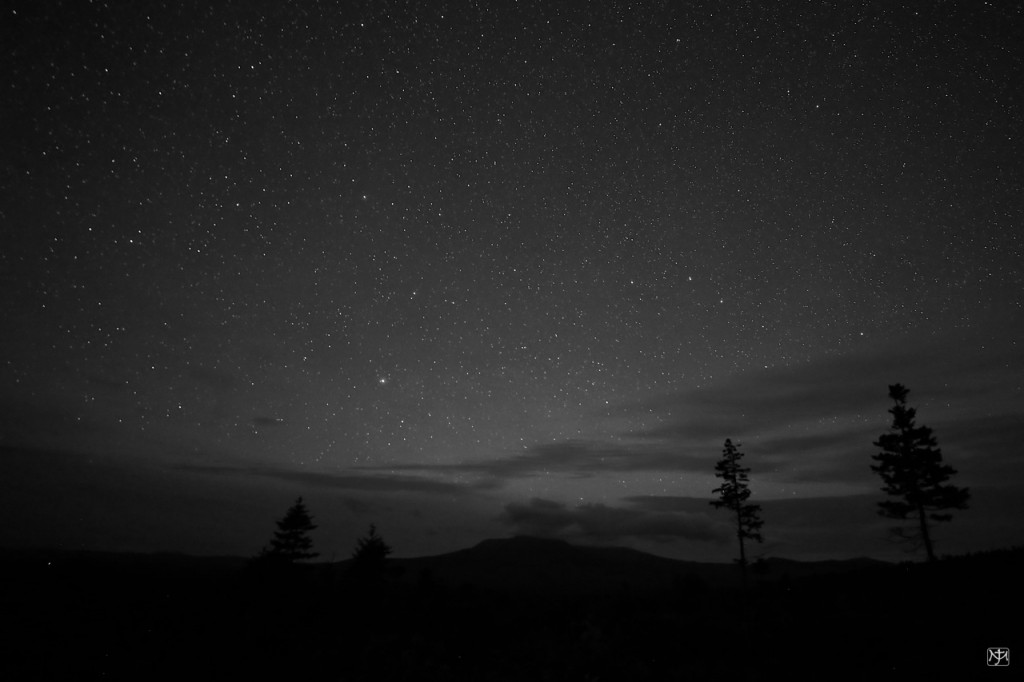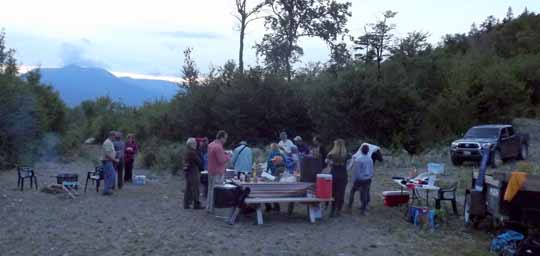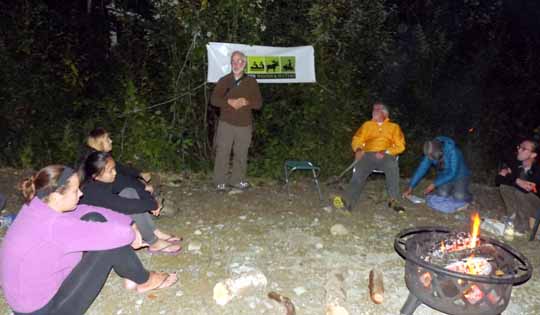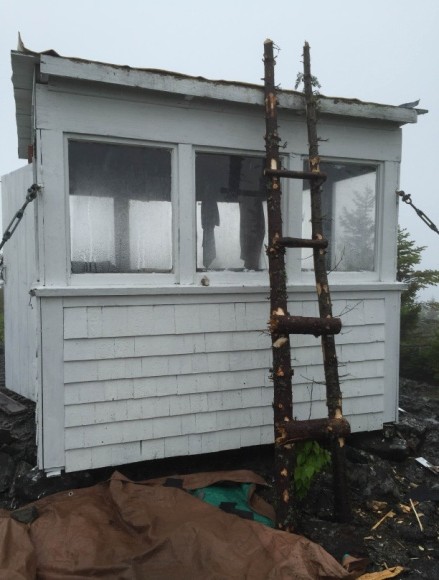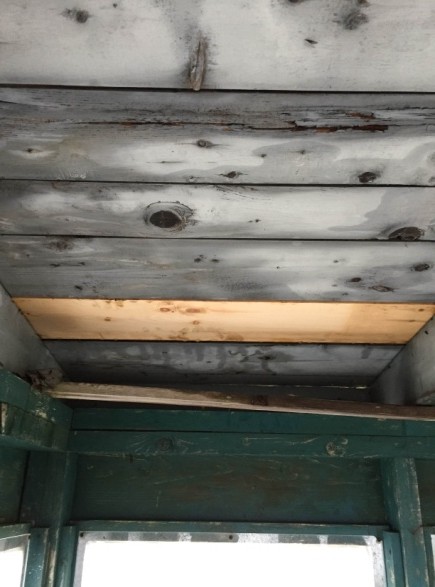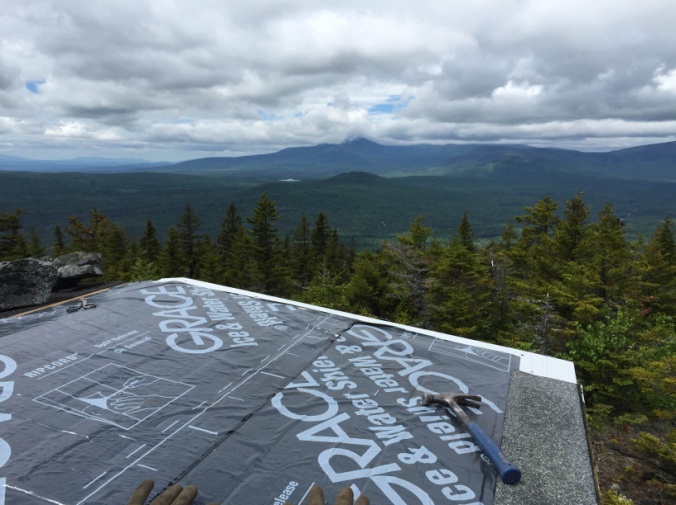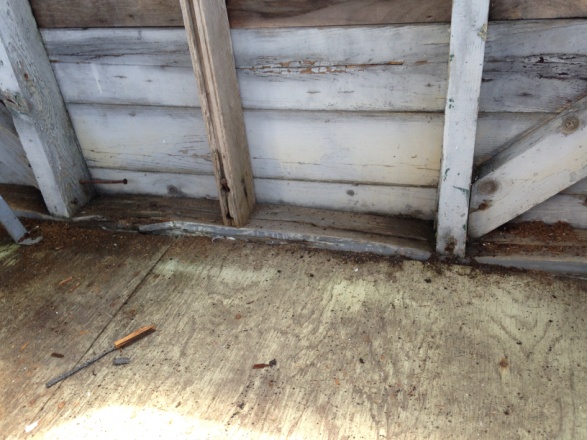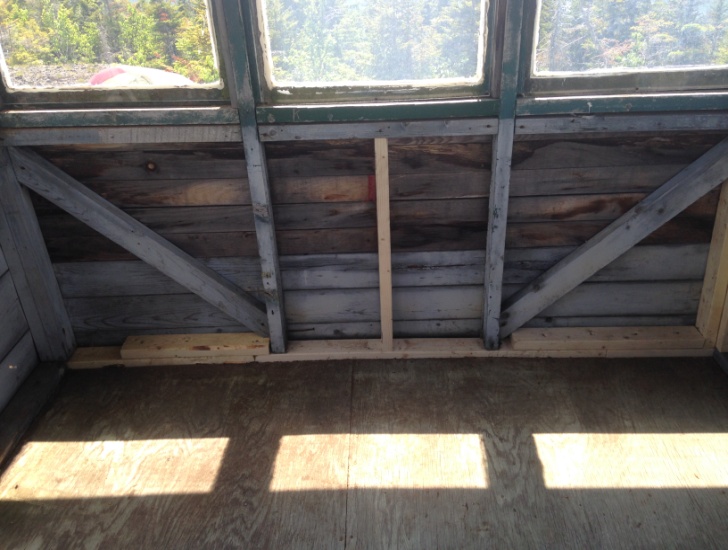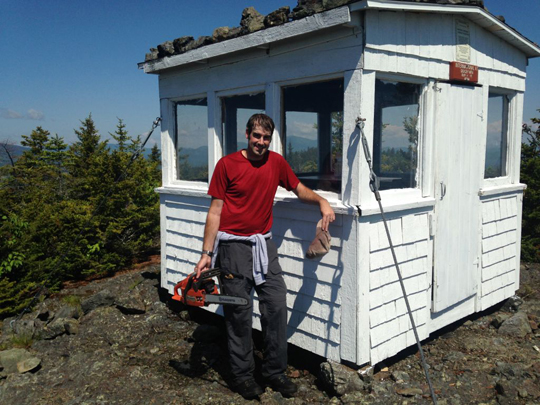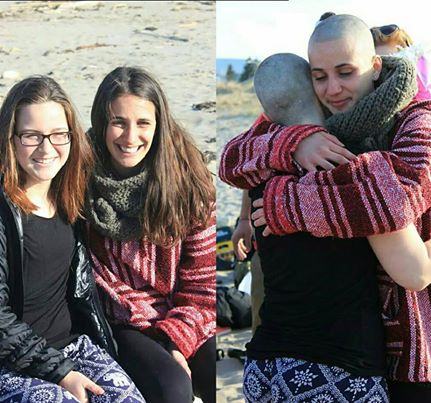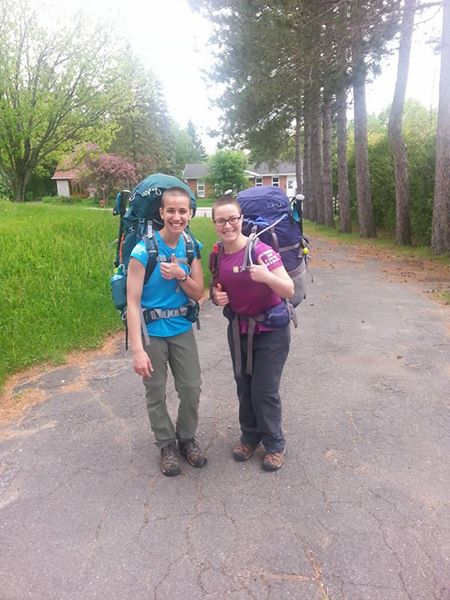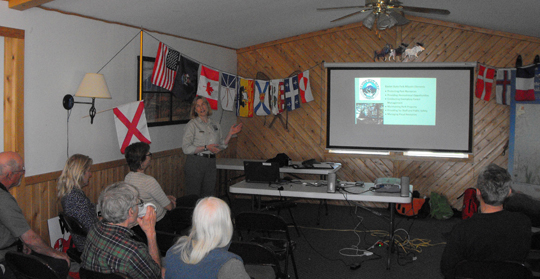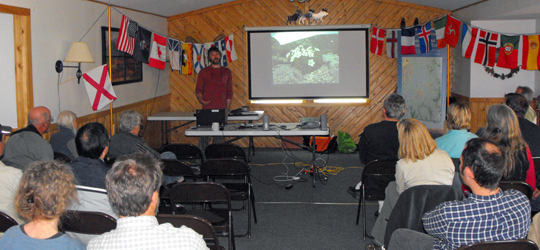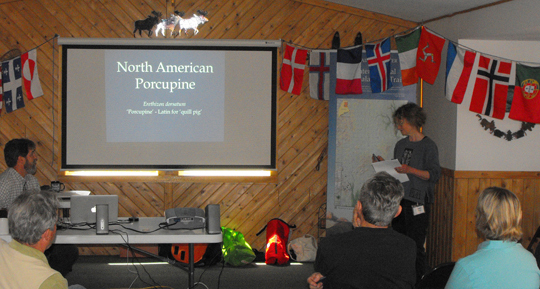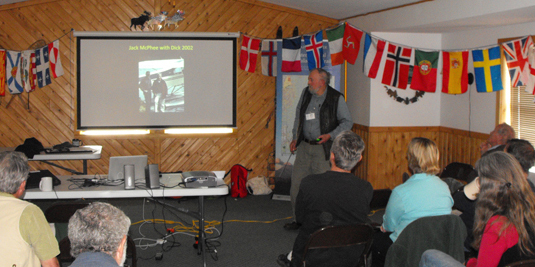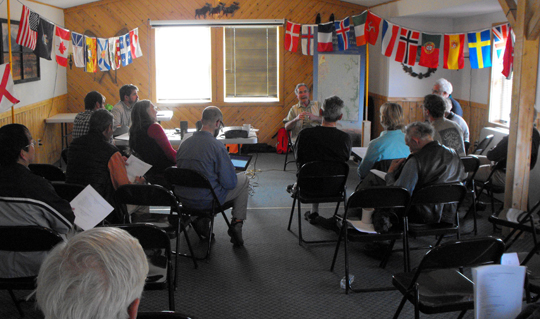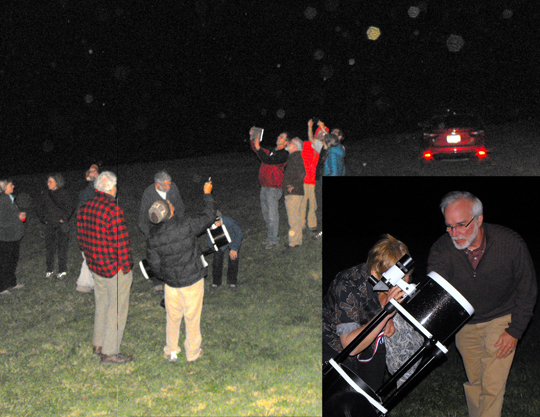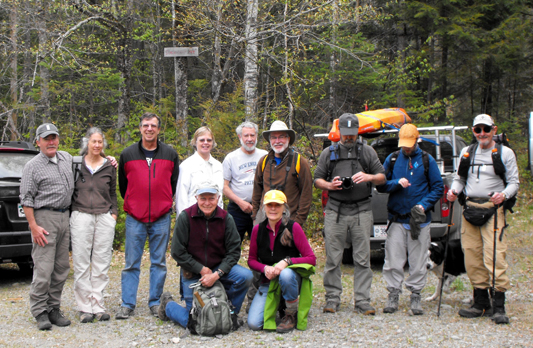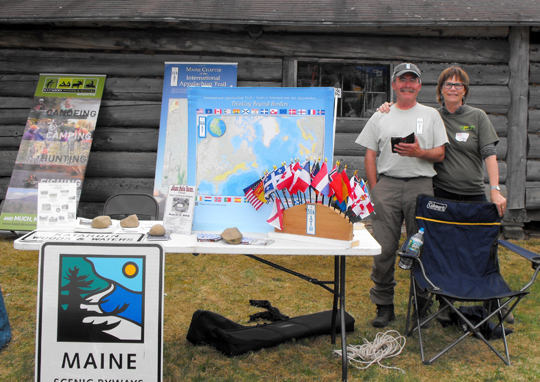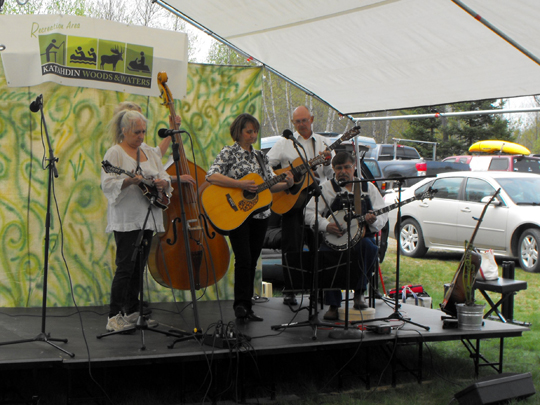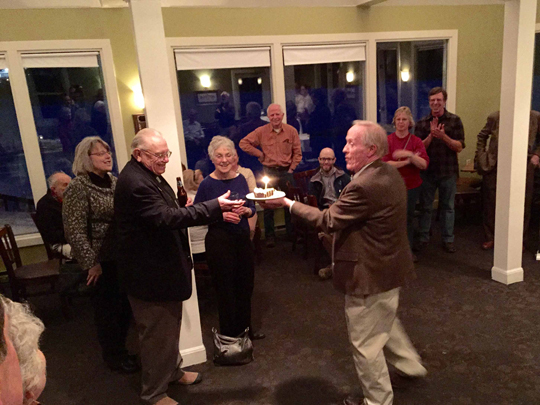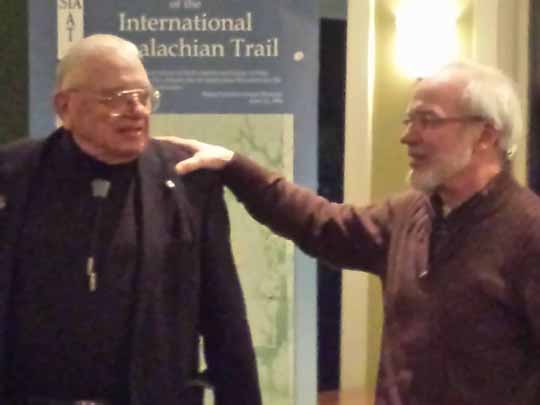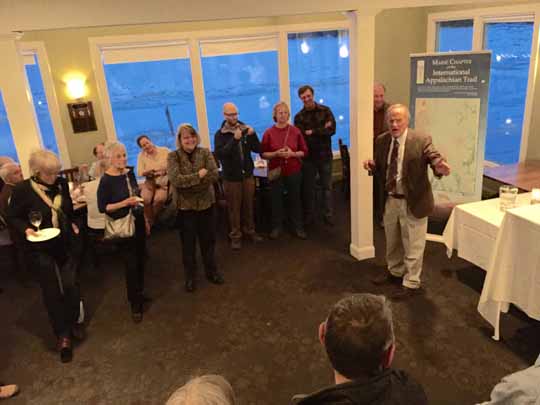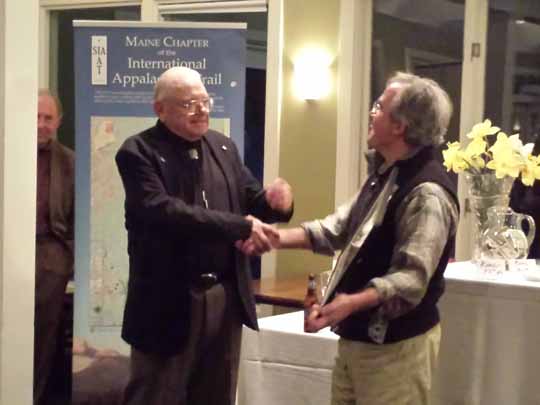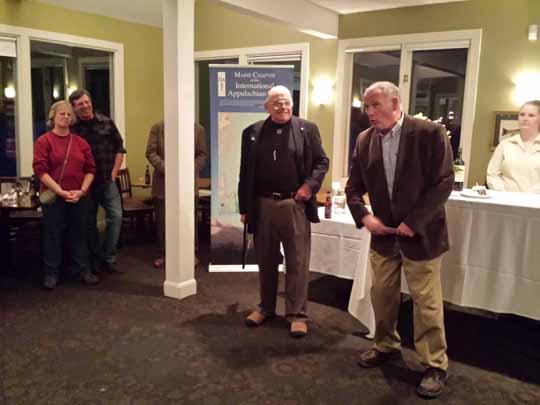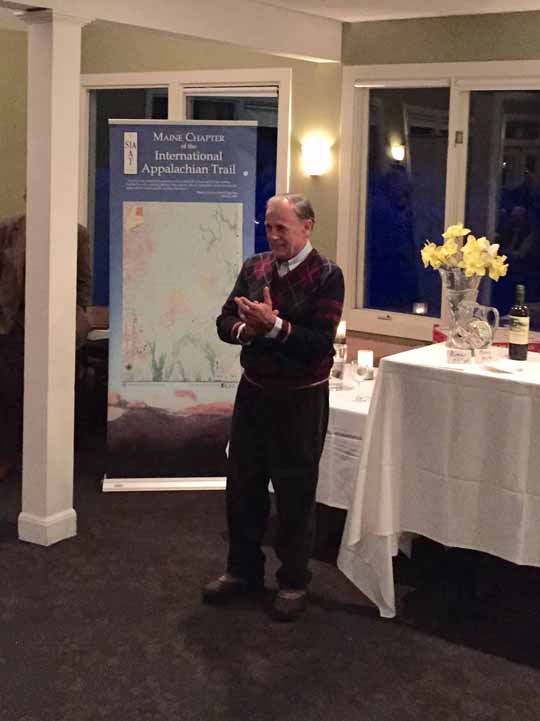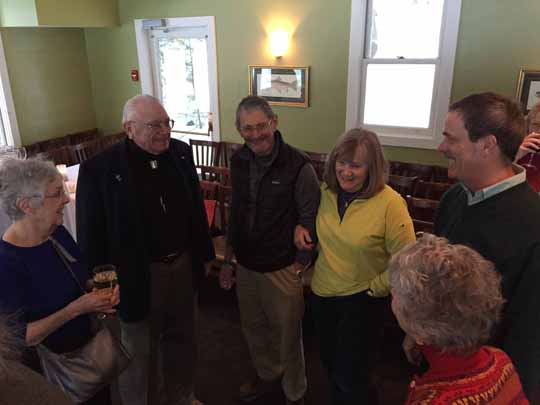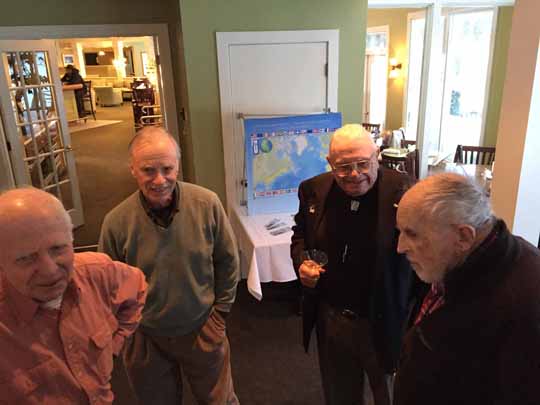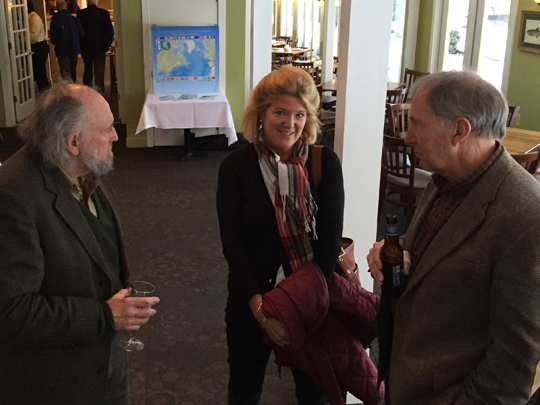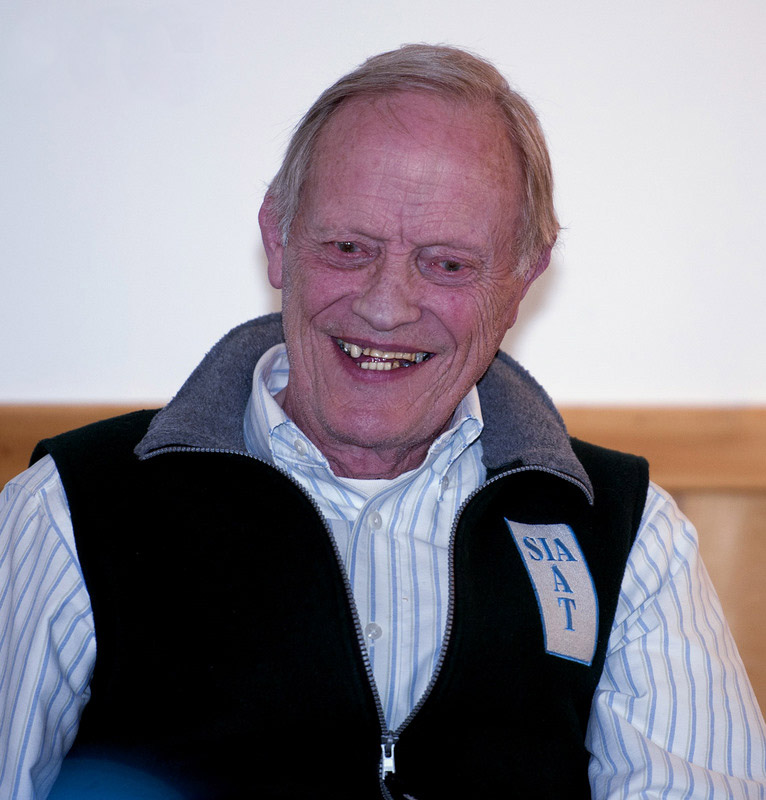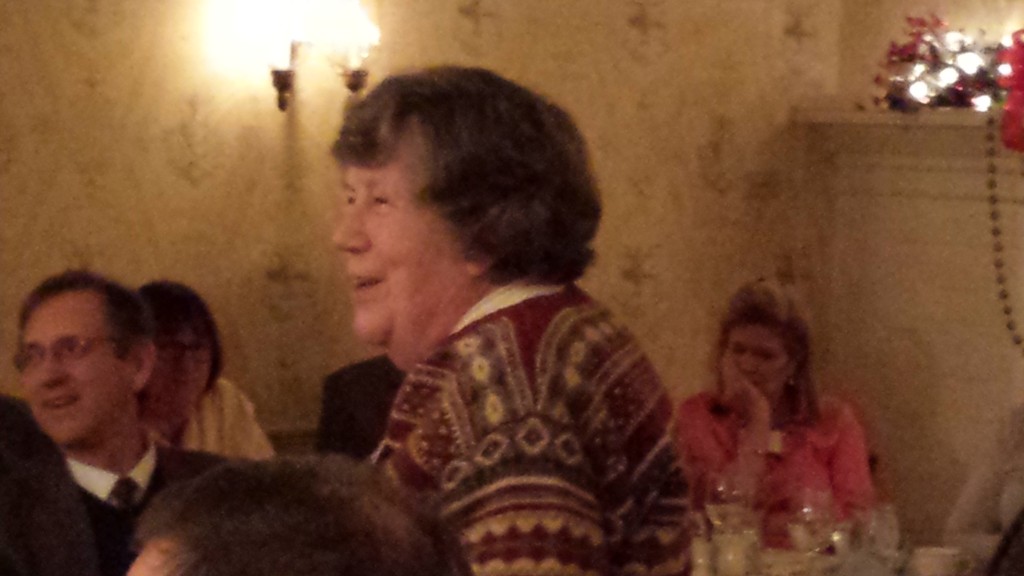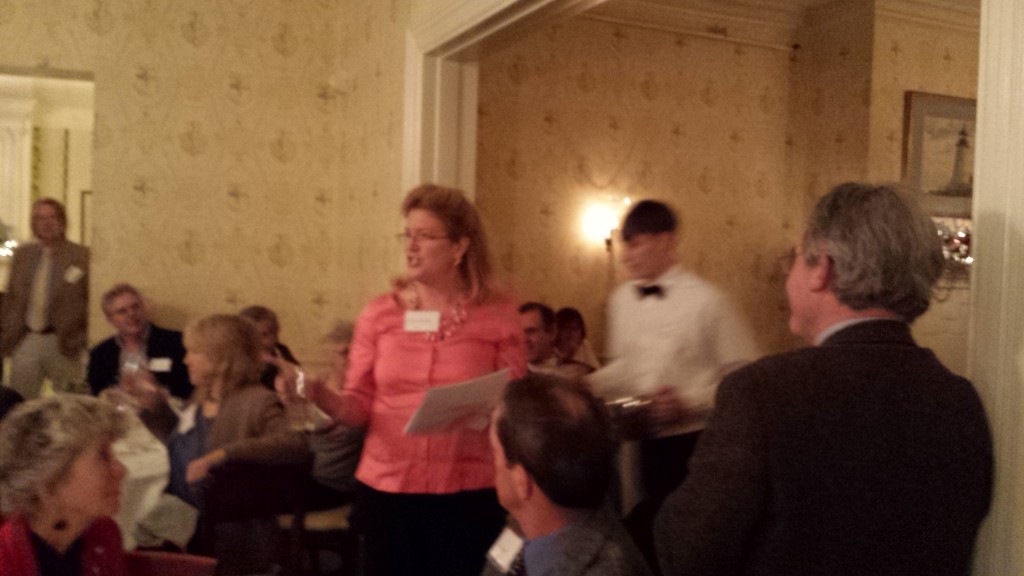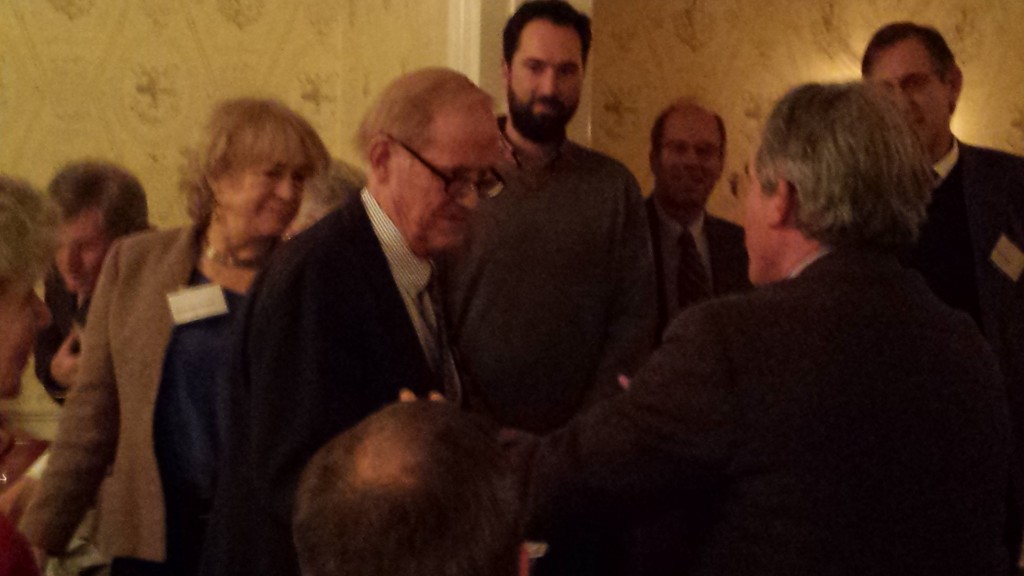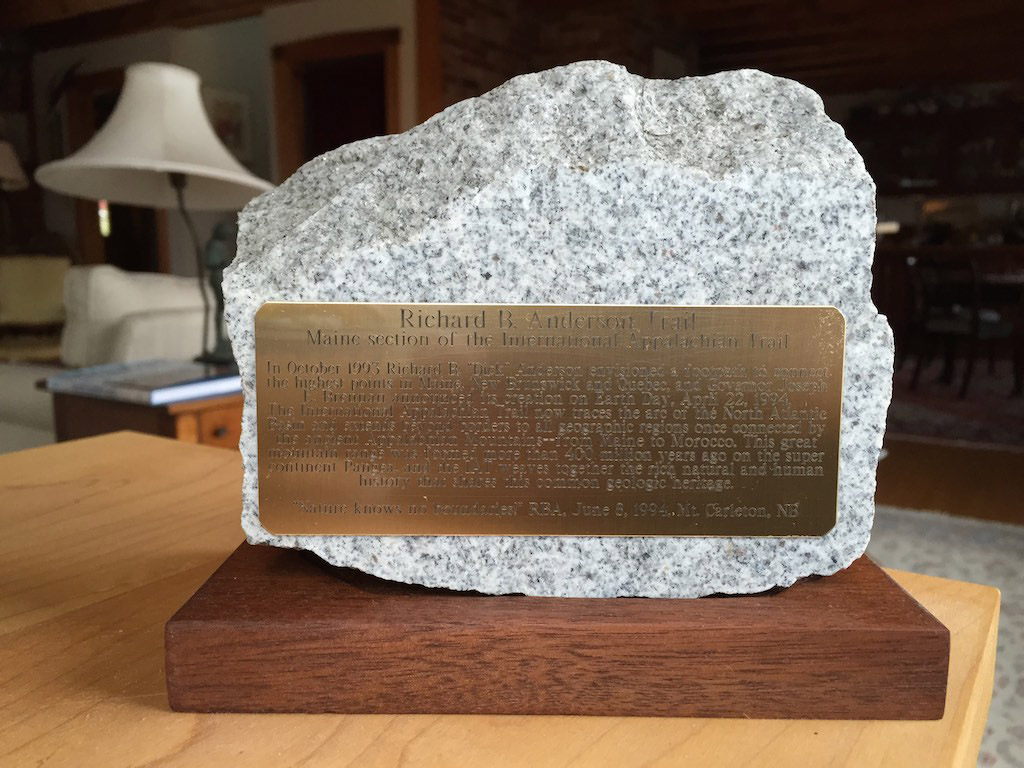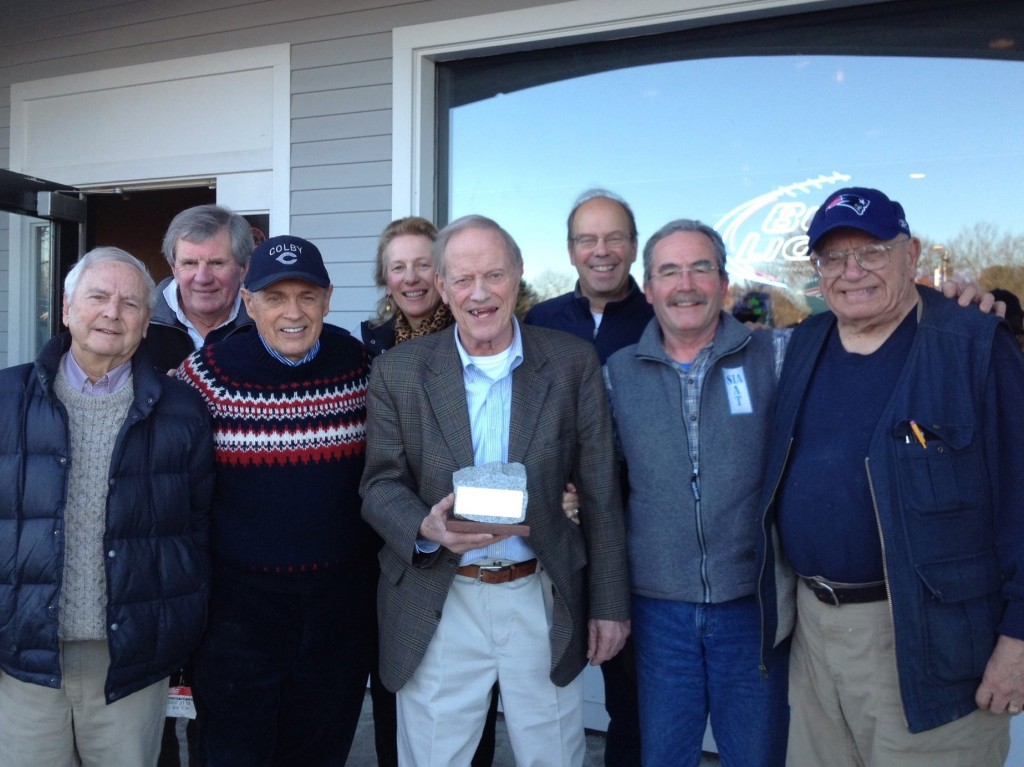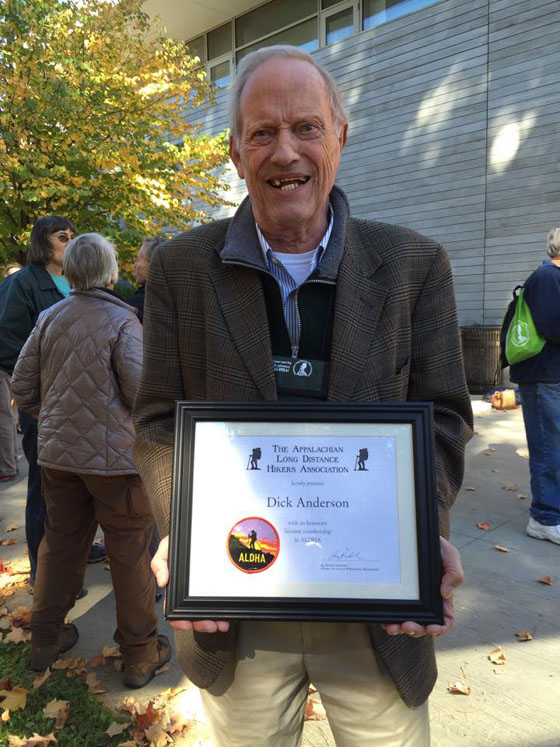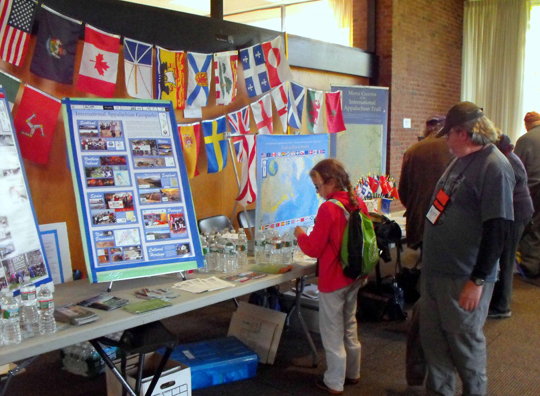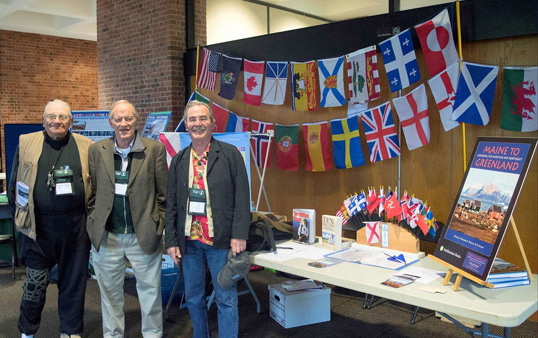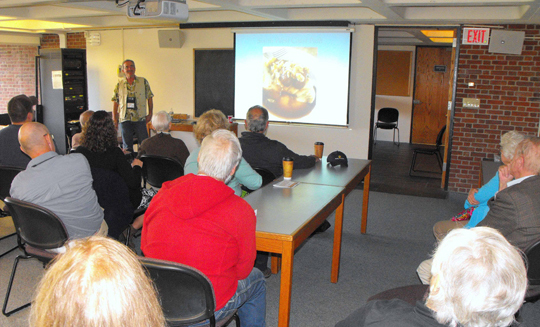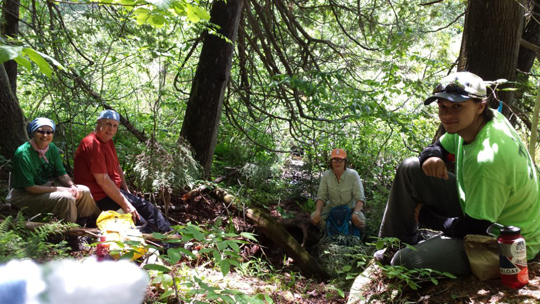
The IAT crew did a terrific job last week at Deasey! Thank you to all for helping keep Maine IAT so beautiful for all to enjoy!
Monday, June 8
Herb Hartman and Don Hudson arrived at Lunksoos Camps in the evening and spent the night in the comfortable Hunt cabin, with bunks, a refrigerator, sink, and all kitchen necessities provided by EPI for the IAT work crew – thanks go to EPI and especially to Mark and Susan Adams for all they do for the IAT.
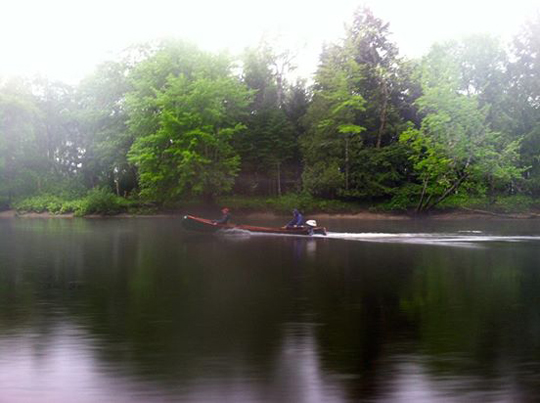
Tuesday, June 9
Herb motored Don up the beautiful East Branch of the Penobscot River from Lunksoos to the Big Sebois Campsite, where Don lugged new roofing boards, ice and water shield, drip edge, nails and tools via the Werler Trail (new trail, Old Telos Tote Road and Old MCC Trail), then up the IAT up to the historic Deasey Fire Cab to start the re-shingling project. He worked for two hours removing old shingles in the rain then came down to catch a canoe ride back downriver to Lunksoos, where he and Herb again spent the night.
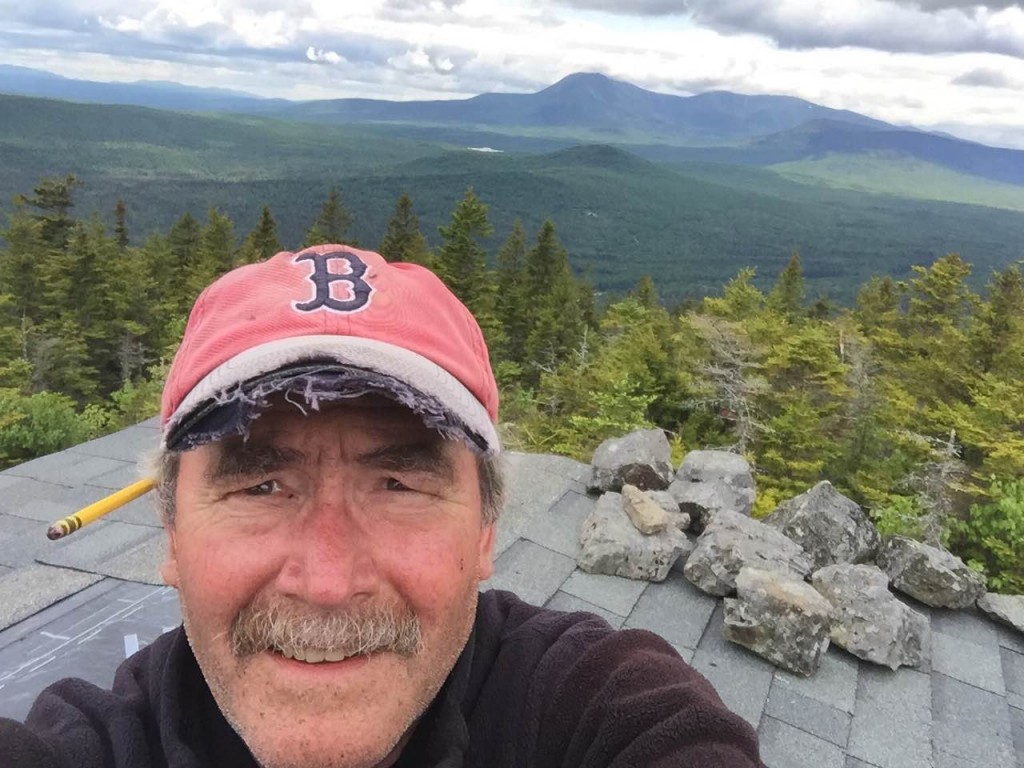
Wednesday, June 10
Herb again motored Don upriver, but left Don’s canoe for him to paddle back down. Don finished removing the old shingles and replaced the rotten sections of roof boards, then covered the roof with ice and water shield, installed drip edge, and put about ¾ of the shingles on the roof – very impressive, since he was all by himself!
Note: On Tuesday, Don took the Old MCC Trail and on Wednesday, he took the old Fire Warden’s trail straight up, which saved over an hour. The Old MCC Trail is about a mile longer than going straight up and, although wetter, taking the old Fire Warden’s trail is the shortest route up/down Deasey for work crews, but not for enjoyable hiking – for that, take the Old MCC Trail.
Dave Rand, Kirk and Cheryl St. Peter arrived at Lunksoos before noon. Kirk and Dave drove to the Wassataquoik ford and scouted the new trail re-route Kirk had previously found to make the second ford over the tributary without getting wet. Dave cut brush along the new route and Kirk initially flagged it with orange flagging. Cheryl stayed at Lunksoos and lugged food and supplies into Hunt cabin. After reporting on all the work he had completed on the Fire Cab and the large number of blowdowns between the Fire Warden’s Cabin and the top of Deasey, Don left before dinner, which consisted of his hamburger and some salad – thanks, Don, for everything you did! Cliff Young arrived after dinner for work the next day.
Thursday, June 11
After a breakfast of scrambled eggs, bacon, and English muffins, and everyone had made their lunches, Mark Adams and A.J. Callahan (EPI Intern) showed Kirk how to get upriver with his canoe to the Big Sebois Campsite. From there, Kirk, Dave and Cliff went up Deasey the quickest way (old Fire Warden’s trail) with tools to finish shingling the roof and, using loppers and Kirk’s chainsaw, cut blowdowns and brush on the way up. They also figured what wood would be needed to replace the rotten sills due to carpenter ant damage in the fire cab and left the chainsaw there to use later.
Cheryl waited at Lunksoos for Dan Jordan (Chunzeng Wang’s UMPI student), Earl Raymond and Dick Anderson, who all arrived around noon. Dick brought three much appreciated cases of Poland Spring water with him. Dick and Earl followed Cheryl and Dan to the bridge over Katahdin Brook near the Wassataquoik Lean-to and left a vehicle there. All then went together to the Katahdin Brook Lean-to, where Dick and Earl cleared brush and mineralized the area around the fire pit, but agreed that more needed to be done here. Cheryl and Dan rode bikes from here to the Wassataquoik Lean-to and over the bridge to the truck to check the 3.8 miles of trail between the two lean-tos. They removed some taller, thicker brush in the middle of the trail and had to go around a small beaver pond just north of the Wassataquoik Lean-to, but overall the trail was in very good shape. [Mark Adams removed this beaver dam with his tractor on Saturday, June 13.] They also swept the lean-to and outhouse and mineralized the fire pit area. The weather was beautiful and everyone arrived back at Lunksoos for a dinner of Kirk’s fish chowder (made with trout and salmon from Cross Lake), salad, & dessert.

Friday, June 12
After a breakfast of French toast and sausage and everyone had made their lunches, Mark and Susan Adams, A.J., and Earl took a canoe, with Kirk, Cliff, and Dan following to Big Sebois Campsite. Dick and Earl left before lunch – thanks to both for your help! Kirk, Cliff, and Dan went up the old Fire Warden’s trail to the top of Deasey, Kirk with three 2 x 4’s provided by EPI (thanks, Mark!) to replace the rotten sills in the cab. They replaced the rotten sills and found a large number of carpenter ants in the rotten wood. While Kirk worked on the cab, Cliff and Dan took the chainsaw and loppers down the col towards Lunksoos and cleared blowdowns. They reported that there were many more to be cleared, so the chainsaw was left in the cab again and all three came down Deasey via the IAT to the ford, clearing the trail with loppers as they went.
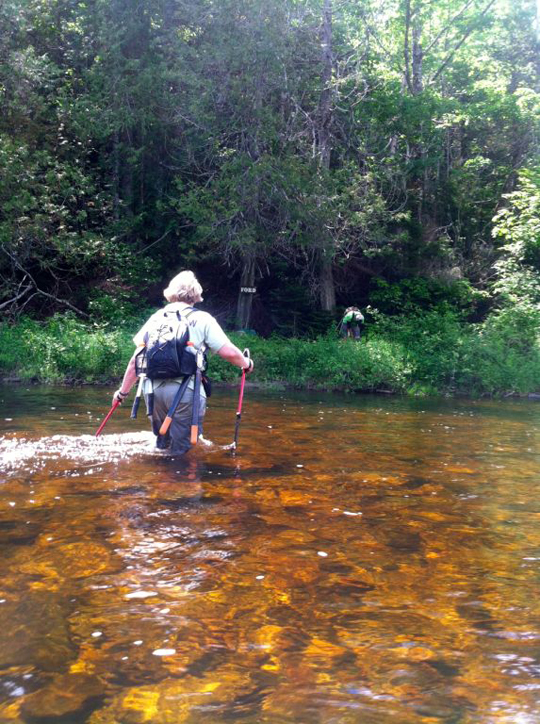
Cheryl, Dave, and A.J. drove to the ford and cleared/marked the new trail re-route across the second ford with loppers and Dave’s folding saw, then continued clearing the rest of the trail up Deasey, but passed several blowdowns (less than ten) that would require a chainsaw to remove. They met Kirk, Cliff, and Dan before the Fire Warden’s Cabin. All six hiked back to the ford, clearing and adding tags as needed.
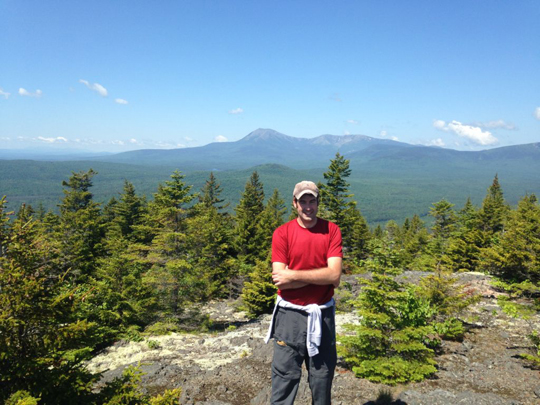
Eric and Elaine Hendrickson and our new board member, Josh Bowe, were at Lunksoos when the work crew returned. Susan and Mark provided appetizers for the “attitude adjustment” before dinner, then the crew had a fun and fulfilling spaghetti dinner with garlic bread and salad, chicken/broccoli casserole, and desserts of strawberry shortcake, pies, and carrot cake. Cliff left after dinner – thanks for all of your help!
Saturday, June 13
After a breakfast of blueberry pancakes and turkey ham and everyone had made their lunches, for the third day, Mark took a crew upriver to Big Sebois Campsite. This time, it was Kirk and Josh, who only carried loppers, lunch and water, to get the chainsaw and finish clearing the mess of blowdowns between Deasey and Lunksoos, then head back on the IAT and clear the blowdowns down to the Wassataquoik ford; it had apparently been a bad winter for the trail in this area. However, they noticed no carpenter ants in/around the fire cab! Also, the new sills were dry, even after all the rain last night. Looks like the fire cab is watertight again!
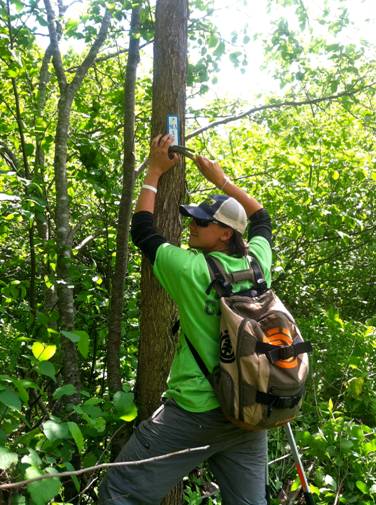
Dan left after breakfast – thanks Dan, and Chunzeng, for sending such a great worker! Cheryl and Elaine and Eric Hendrickson drove to the Katahdin Brook Lean-to, where Eric took an EPI trail chainsaw, loppers, and manual weedwacker to clear more brush around the lean-to. Cheryl and Elaine drove to the turnoff to the Katahdin Lake East Access to Baxter State Park and, with Susan and A.J., moved the signpost to the location that EPI wants it, added tags, and cleared the brush around it, so it is now very visible to hikers. Cheryl and Elaine walked down to the Baxter kiosk/register and noted the trail was in good condition, although Elaine, who had hiked in last summer, stated that the Baxter trail from there to Katahdin Lake was in poor condition (overgrown and hard to follow). Eric was picked up just as he was finishing at the Katahdin Brook Lean-to and reported that he had cleared at least three feet around the lean-to of brush, as well as the trail to the outhouse, and up to the road. Everyone drove to the ford, where a vehicle was left for Kirk and Josh, then Cheryl, Elaine, Eric, Susan, and A.J., cleared trail and added tags where needed up to where the new re-route joins the IAT after the second ford. Eric cut several logs to lay below the beaver dam to make a nice bridge across, cut all the blowdowns between there and the ford, and even cut several hiking sticks to leave at the ford – thanks, Eric and EPI for providing the chainsaw and to everyone who worked on the trail that day and all previous days!
Kirk and Josh returned to Lunksoos after clearing all remaining known blowdowns and we can surely report that after this June work session around Deasey and the May work session from Matagamon to Lunksoos, the East Branch Section of the IAT has never been in better condition.
We recommend you go for a hike to find out for yourself!

